Marsupials are a fascinating group of mammals that carry and nurse their young in pouches. Sadly, many of these unique animals are now rare and endangered due to habitat loss, predation, and other threats. Here, we explore some of the rarest and most endangered marsupials.
Gilbert’s Potoroo
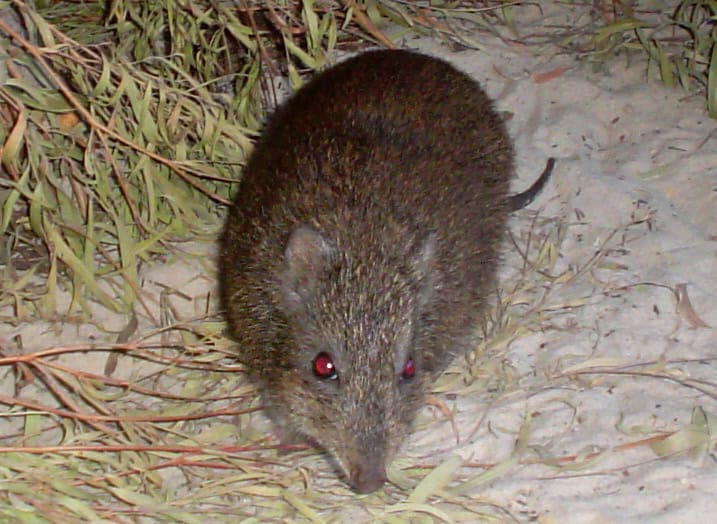
Gilbert’s Potoroo is critically endangered, with fewer than 100 individuals left. Rediscovered in 1994, it was thought to be extinct for over a century. This small marsupial is found in a restricted area in Western Australia. Gilbert’s Potoroo has soft, grey-brown fur and a pointed snout. It primarily feeds on fungi. Its rarity makes it one of the world’s most endangered marsupials. Habitat loss and fire are significant threats to its survival.
Northern Hairy-Nosed Wombat
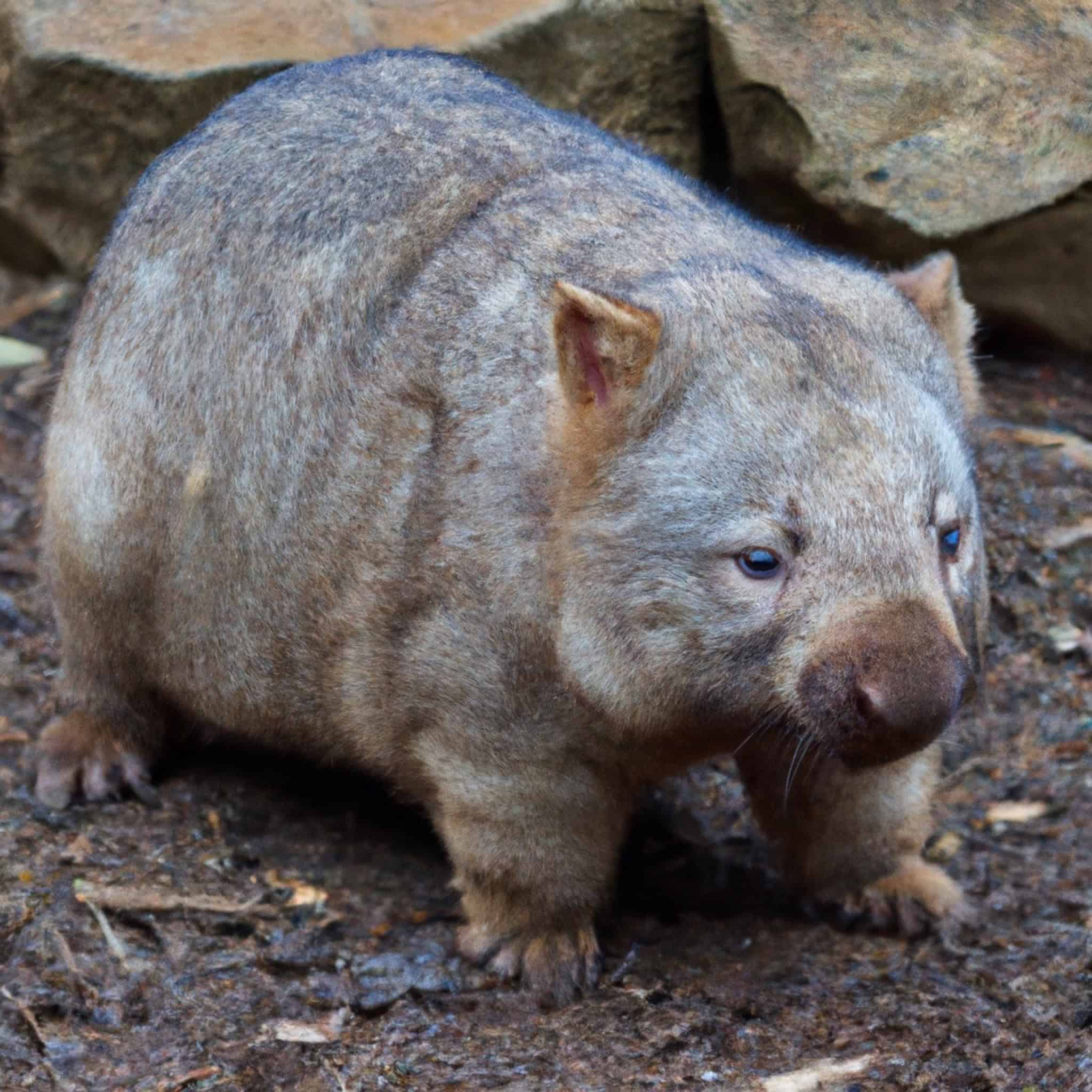
The Northern Hairy-Nosed Wombat is one of the world’s most endangered marsupials. There are only about 250 individuals left, confined to a small area in Queensland, Australia. These wombats are unique for their silky fur and hairy noses. They live in burrows and require specific soil types for digging. Conservationists focus on habitat protection, predator control, and creating new colonies to ensure their survival. Efforts also include monitoring genetic diversity to prevent inbreeding.
Eastern Barred Bandicoot
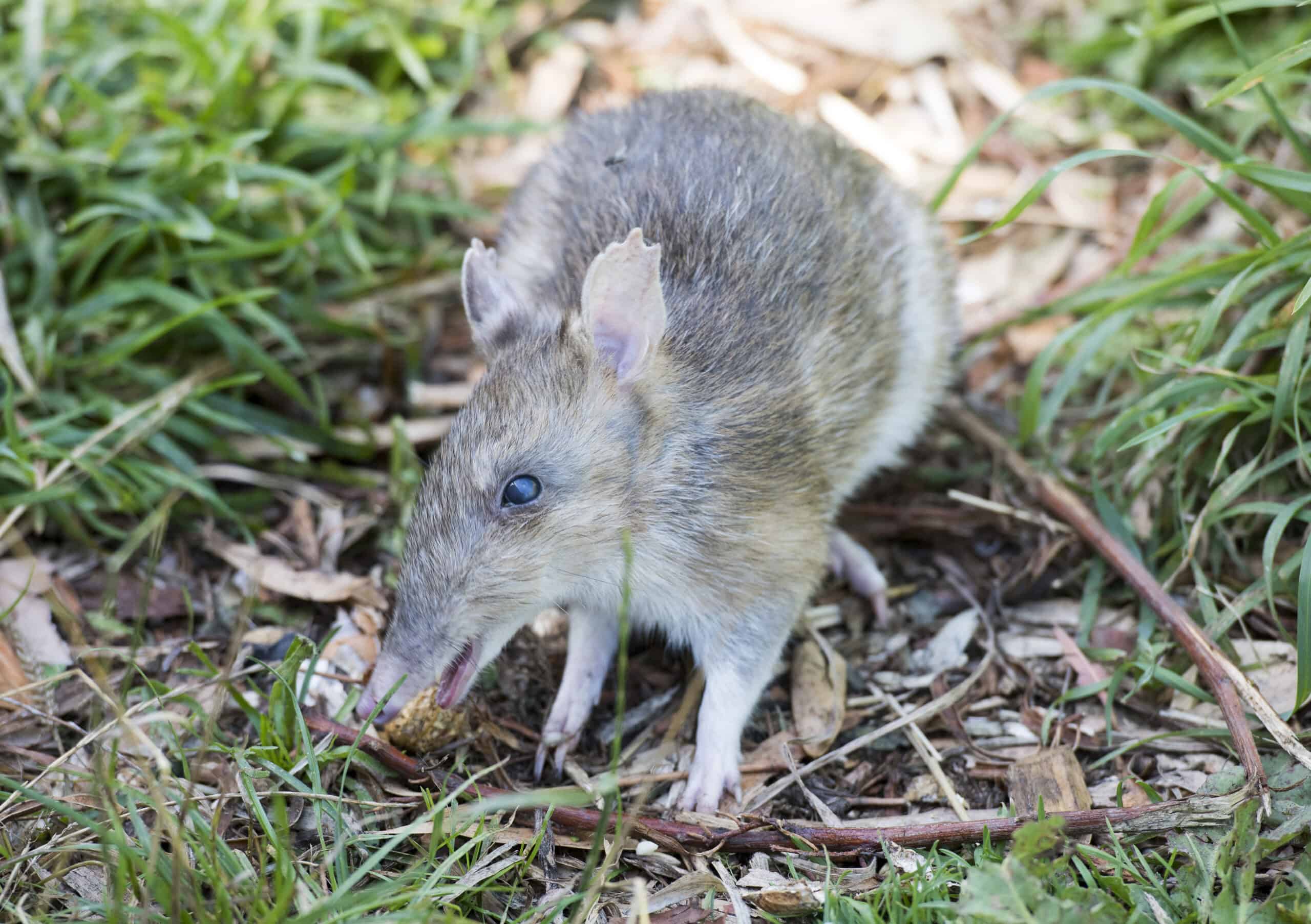
The Eastern Barred Bandicoot is a small nocturnal marsupial found in Tasmania and parts of Australia. Their population has dwindled to fewer than 500 individuals due to habitat destruction and predation by foxes and cats. This species is recognizable by its distinctive three or four pale bars across its rump. Conservation efforts include habitat restoration and predator control programs. Breeding programs in captivity have also helped increase their numbers.
Kangaroo Island Dunnart
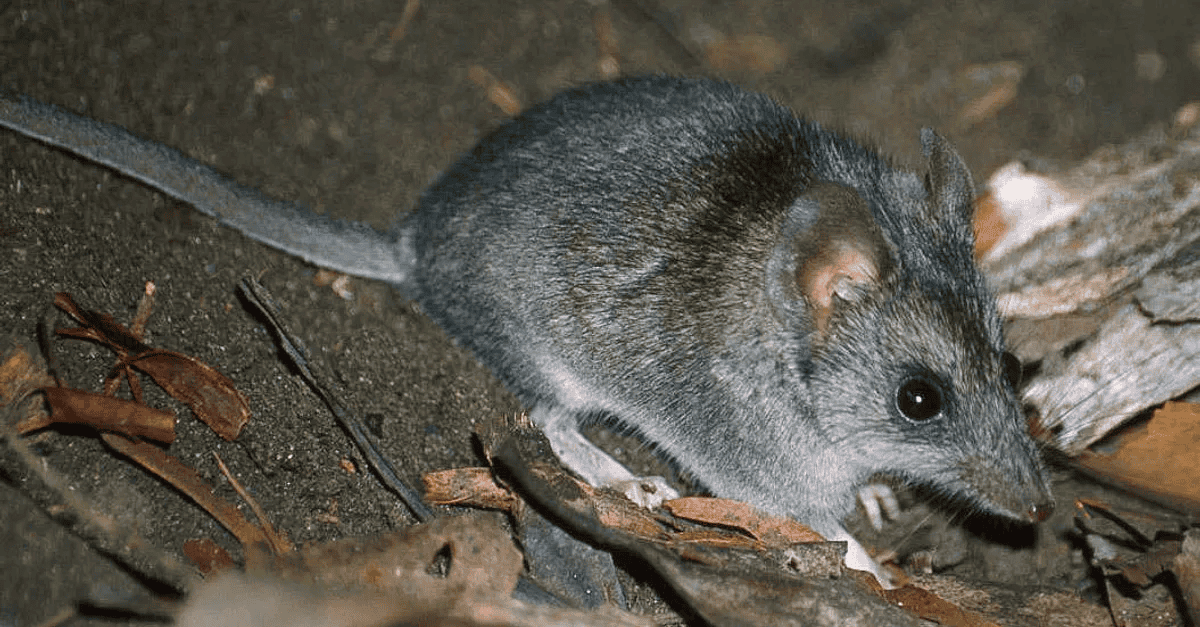
The Kangaroo Island Dunnart is critically endangered, with fewer than 500 individuals remaining. They are exclusive to Kangaroo Island in South Australia. These small marsupials have greyish fur and large ears. Their population was severely impacted by the 2019–2020 bushfires, drastically reducing their numbers. Habitat loss and predation further threaten their existence.
Julia Creek Dunnart
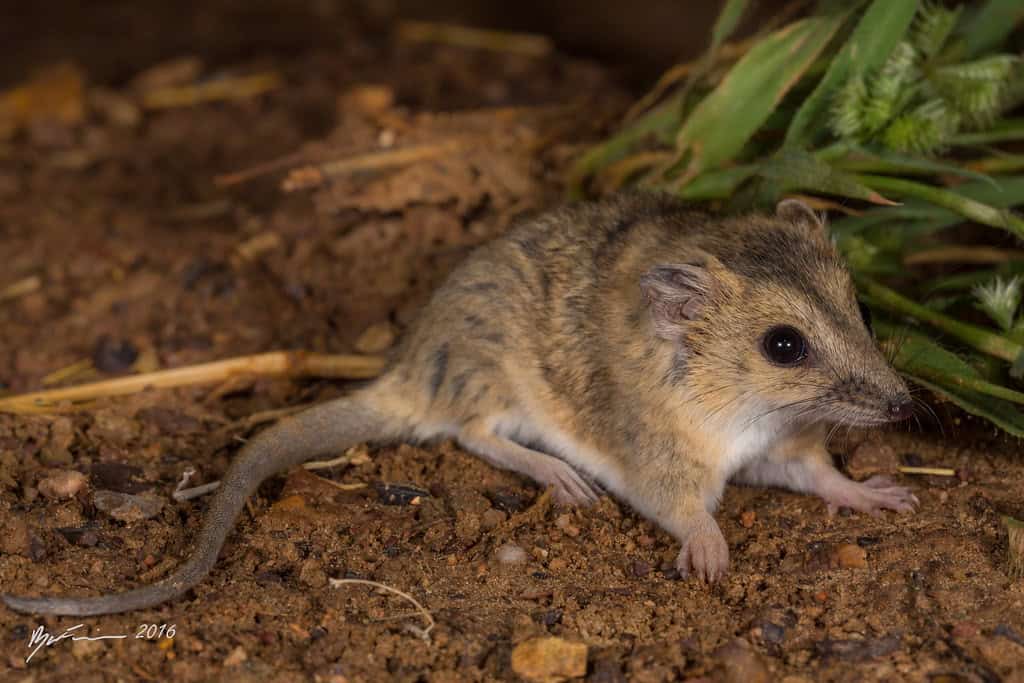
The Julia Creek Dunnart is a small carnivorous marsupial found in Queensland, Australia. Their population is estimated to be less than 1,000 individuals, making them critically endangered. These dunnarts are distinguished by their large ears and long tails. They inhabit grasslands and feed on insects and small vertebrates. Research into their ecology and behavior is crucial for effective conservation strategies.
Numbat
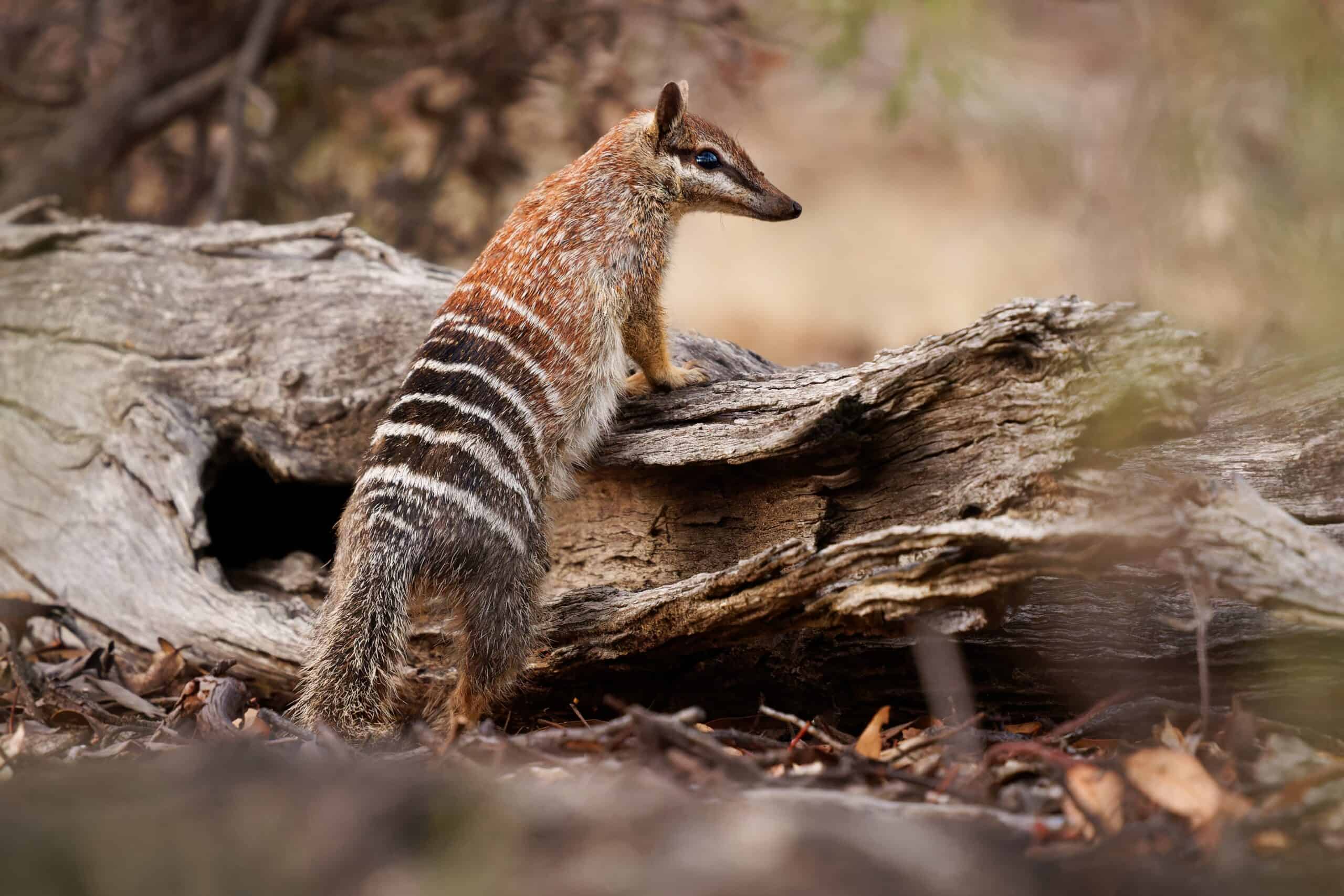
Numbats are small, termite-eating marsupials native to Australia. Their population has drastically declined due to habitat loss and predation by introduced species. Currently, fewer than 1,000 individuals remain in the wild, making them critically endangered. Numbats are unique for their bright reddish-brown fur and distinctive white stripes. They play a crucial role in their ecosystem by controlling termite populations. Conservation programs aim to protect their habitat and reintroduce them to areas where they have disappeared.
Leadbeater’s Possum
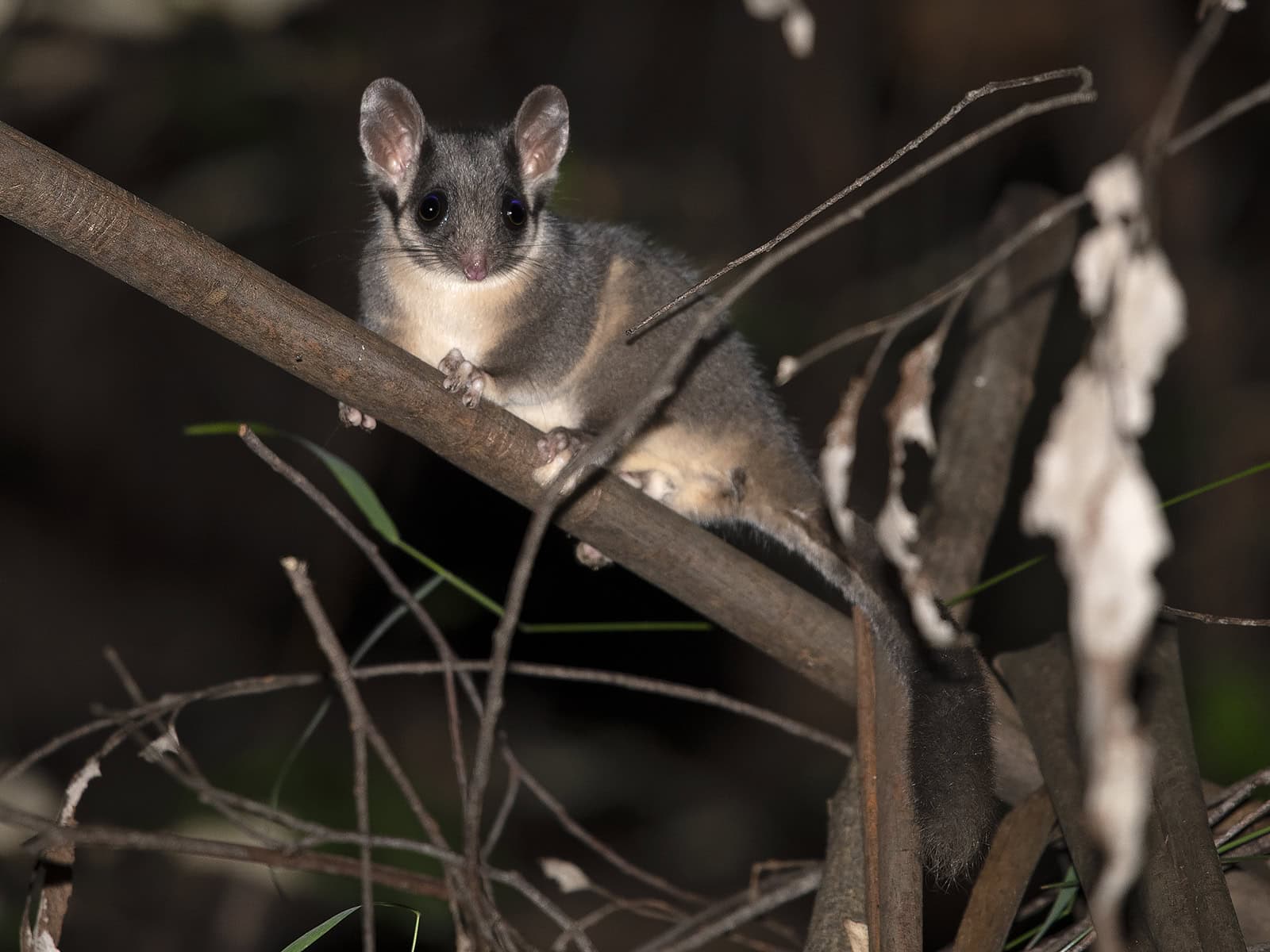
Leadbeater’s Possum, rediscovered in 1961, is critically endangered with fewer than 1,000 individuals remaining. It inhabits the Central Highlands of Victoria, Australia. These possums have grey and white fur and are highly agile. They are nocturnal and rely on old-growth forests for survival. Habitat destruction and bushfires have drastically reduced their population.
Northern Bettong
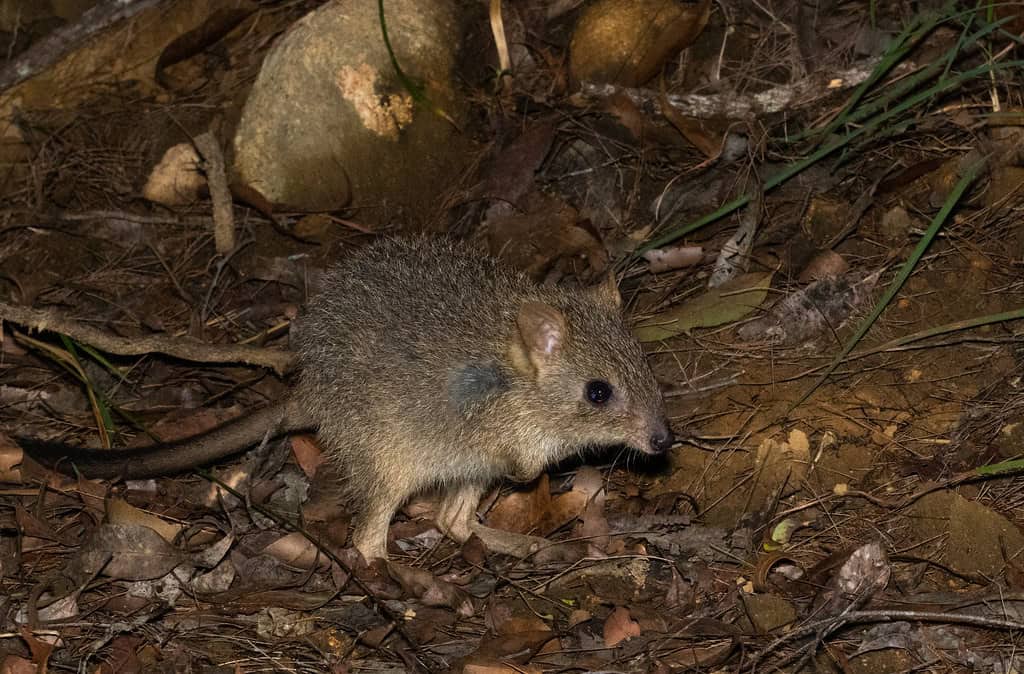
The Northern Bettong is a small, nocturnal marsupial. It resides in the grassy woodlands of Queensland, Australia. Its population is under threat from habitat loss and invasive species. Only around 1,000 Northern Bettongs remain in the wild. Classified as endangered, they need specific conservation actions. Efforts include habitat protection and predator control. This marsupial is crucial for its ecosystem due to its role in fungal spore dispersal.
Mahogany Glider
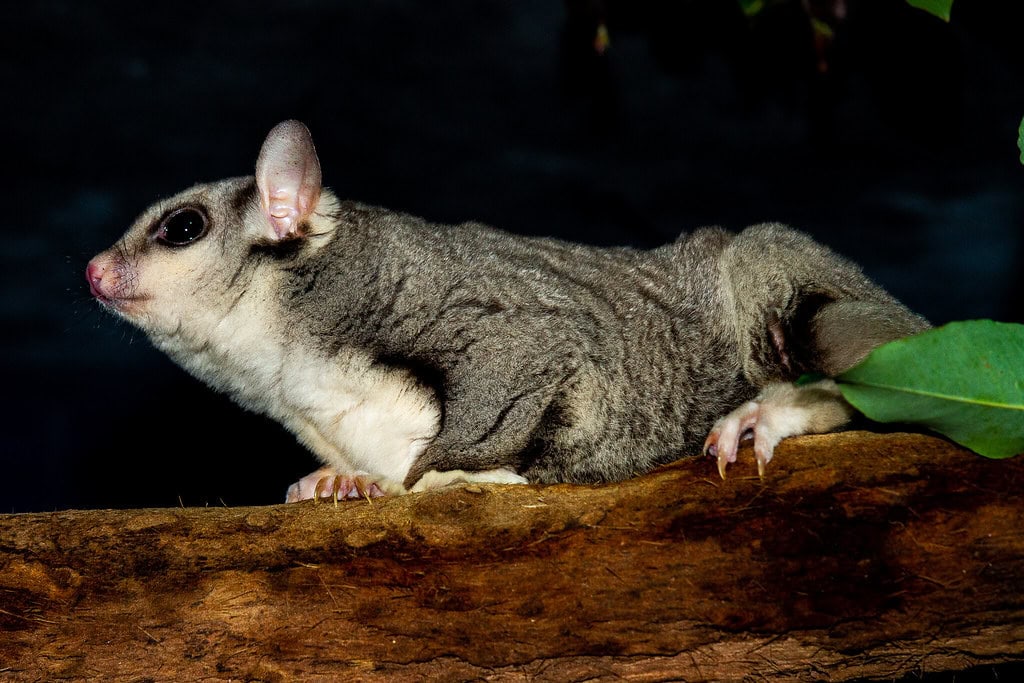
Rediscovered in 1989, the Mahogany Glider is one of the most endangered marsupials. Its population is estimated to be around 1,500 individuals, restricted to a small area in Queensland, Australia. This glider has mahogany-colored fur and a long tail. It was thought to be extinct until its rediscovery. Its rarity and limited distribution make it highly vulnerable to extinction. Habitat loss and fragmentation are significant threats.
Mountain Pygmy Possum
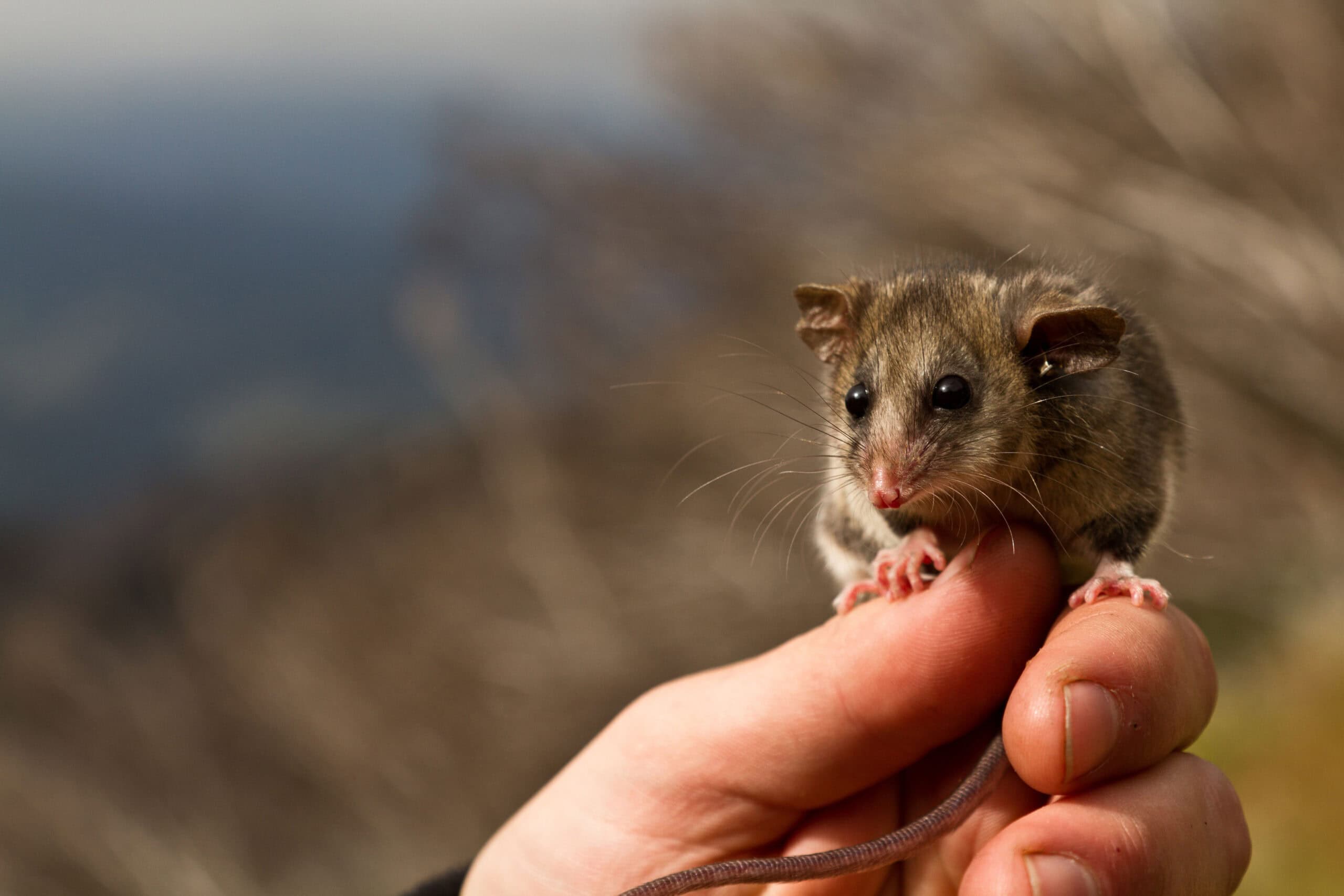
The Mountain Pygmy Possum is a small, nocturnal marsupial found in the alpine regions of Australia. Their population is estimated to be around 2,000 individuals, making them critically endangered. These possums are unique for their hibernation behavior during winter. They rely on boulder fields and snow cover for survival. Conservation initiatives focus on habitat protection and climate change mitigation to preserve their fragile alpine environment.
Long-footed Potoroo
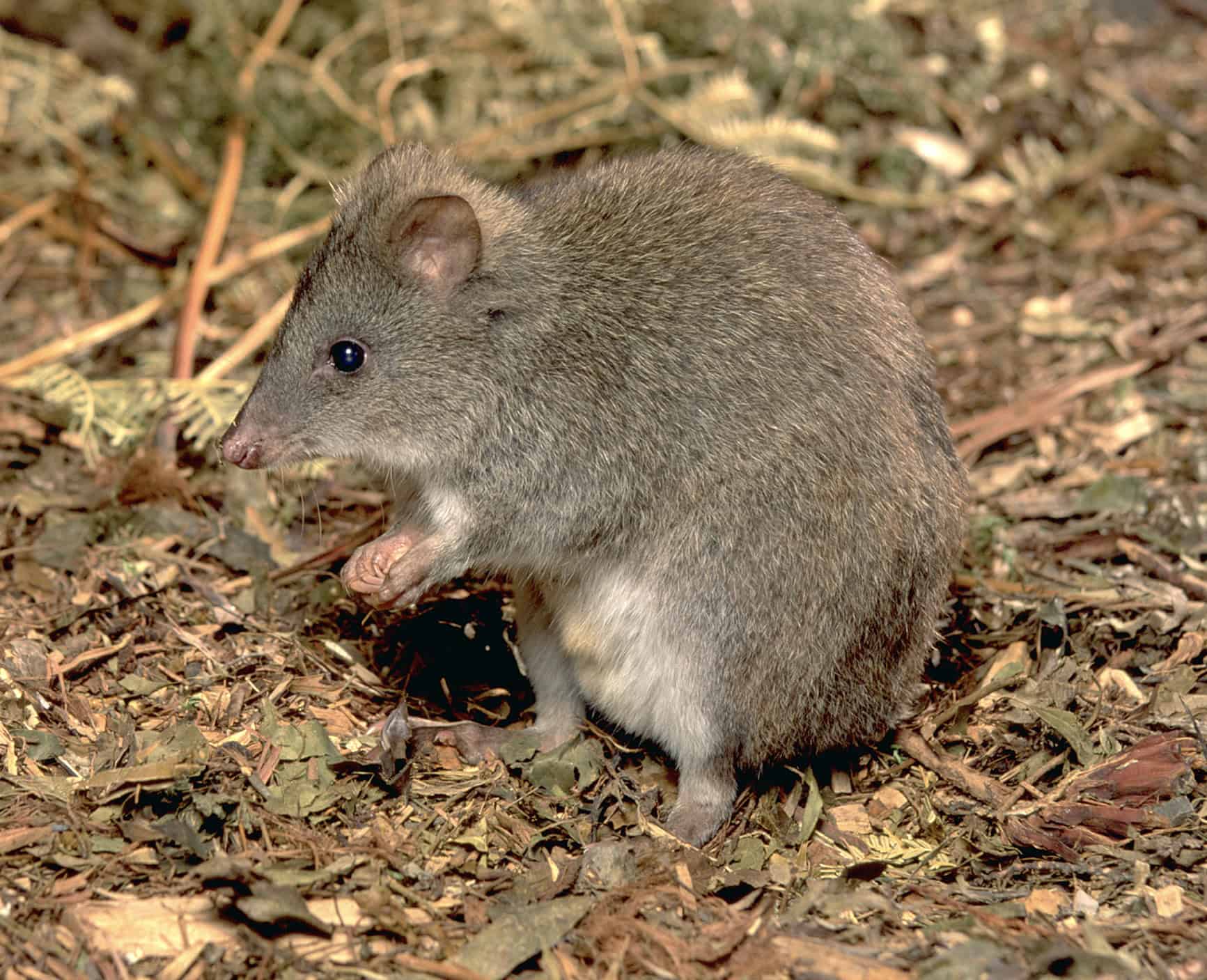
The Long-footed Potoroo is another critically endangered marsupial. Its population is estimated to be around 2,000 individuals, residing in southeastern Australia’s dense forests. This species is notable for its elongated hind feet and greyish fur. It has a very limited distribution, making it vulnerable to environmental changes. Predation and habitat fragmentation contribute to its endangered status.
Western Barred Bandicoot
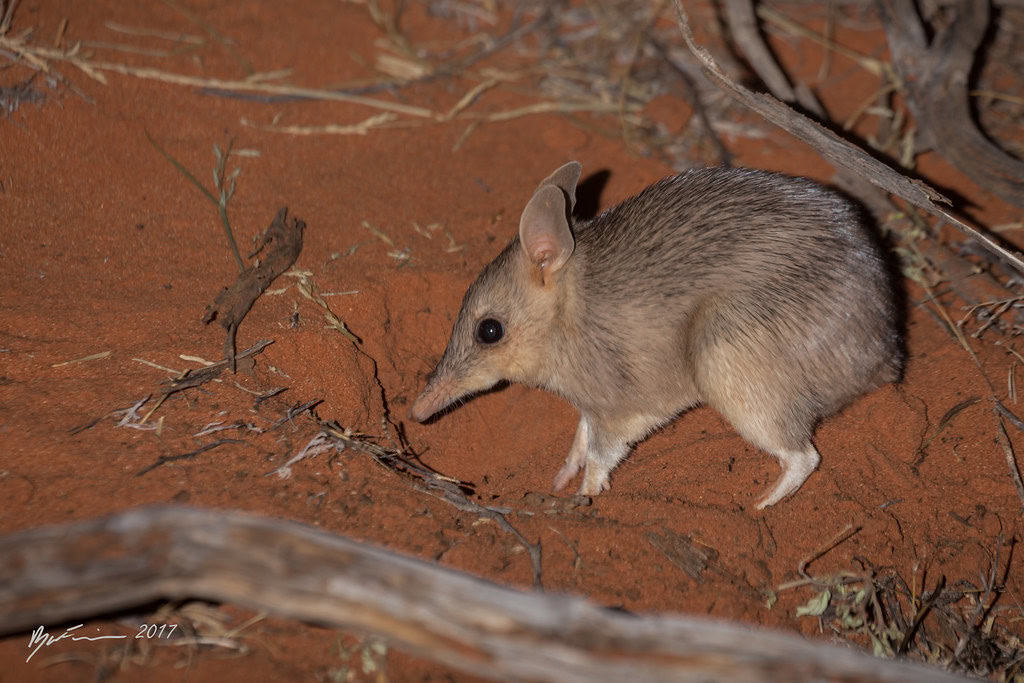
The Western Barred Bandicoot is small and nocturnal. It has distinctive white bars across its rump. It is found only on some offshore islands of Western Australia. This species is critically endangered due to habitat destruction and predation. Less than 2,500 individuals are believed to exist. Conservation measures focus on predator control and habitat restoration.
Western Ringtail Possum
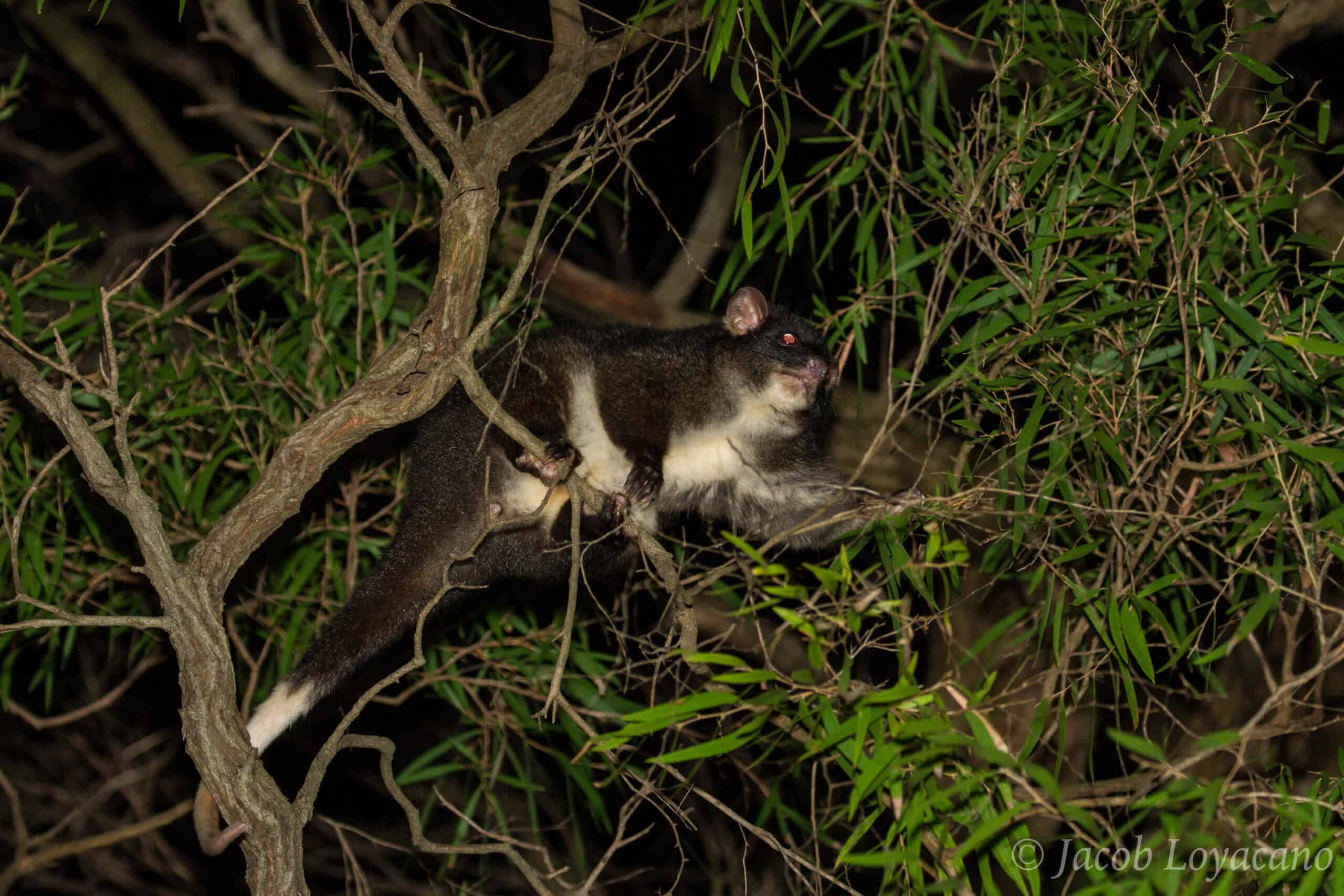
Western Ringtail Possums are arboreal marsupials found in the southwestern parts of Australia. Their population has been severely reduced to around 8,000 individuals due to habitat loss and predation. These possums are notable for their prehensile tails, which they use for climbing. They primarily feed on eucalyptus leaves. Community awareness and involvement play a significant role in these efforts.
This article originally appeared on Rarest.org.
More from Rarest.org
1979 Kennedy Half Dollar Value Guide
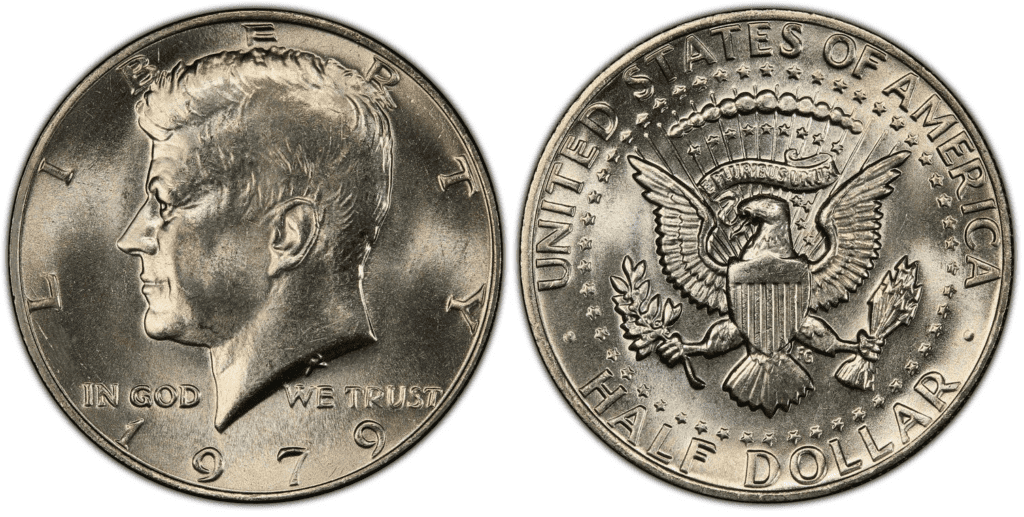
The 1979 Kennedy half a dollar is worth 50 cents. It is made of 75% copper and 25% nickel. However, Kennedy’s half-dollar coins were made of 40% silver and 60 percent copper when it was made from 1965 to 1970. Read More.
1994 Washington Quarter Value Guide

The standard 1994 Washington quarter is made of clad composition, which includes 91.67% copper and 8.33% nickel. Moreover, there’s a 1994 silver-proof Washington quarter that is made of 90% silver and 10% copper. Read More.
1986 Lincoln Penny Value Guide
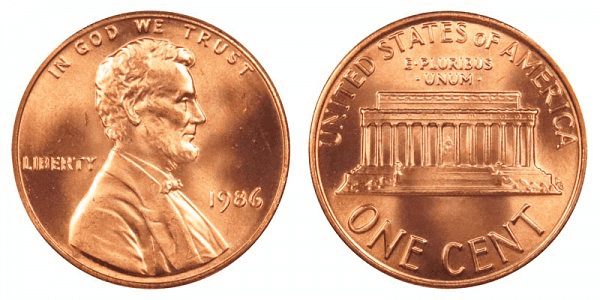
The 1986 Lincoln Penny is very contemporary in terms of coin collection, and it is frequently found in change. The 1986 penny’s value is decided by its sentimental value unless it’s a rare mistake coin. Read More.
